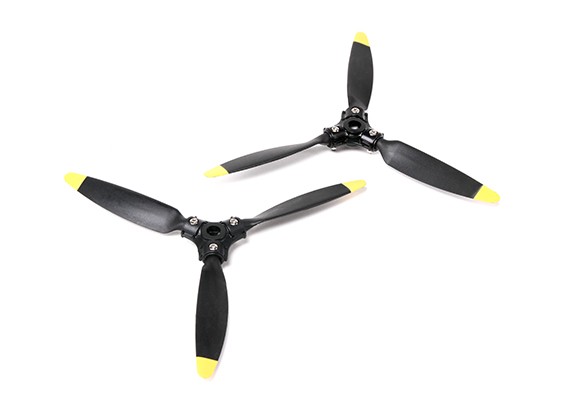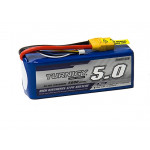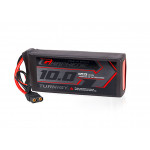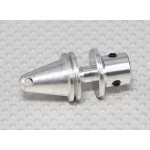
When it comes to building a multicopter, there are other components that are important to ensure a successful flight!
By focusing on each key component and exploring the basic tips below, you're going to have a much better chance of making that first flight a success!
Propellers
You need to choose the right propellers in-line with the manufacturer’s specifications sheet for your motors. This is to ensure you’re operating the multicopter most efficiently. If your propeller is smaller than the manufacturer’s guidelines, it will affect performance; too big or too much pitch, you may burn the ESCs and/or motors out. A good motor manufacturer will provide you with a data sheet outlining thrust values on different propellers and voltage ratings. This will assist you in making the right choice when it comes to not only choosing your propellers; the right battery too!
 Example: the above graphic shows a motor data sheet and efficiency ratings
Example: the above graphic shows a motor data sheet and efficiency ratings
Additionally, it is important that you learn how to balance a prop because this is the main source of vibration for multicopters. Vibration can cause unpredictable flying characteristics and loss of control in some instances. It can also reduce the lifespan of your motors and decrease efficiency. You will notice that there are many props to choose from including forms and materials. In addition, there is a great deal of information that can be discussed on this topic – we will stick to the basics to get you started.
Size
The length of a prop is important because it’s one of the contributing factors to generating lift. The length is determined by measuring from one end of the propeller to the other in total for two-blade propellers. For three and four-blade propellers, the length is determined by doubling your measurement of a single blade. Can your selected propeller fit on your multicopter without hitting other props or the airframe? Most airframes come with a recommendation as to how large of a propeller can fit.
Center Diameter
It’s important to choose the right prop center diameter or ensure your prop comes with spacers allowing it to fit your motor.
Pitch
The pitch of a prop is the second determining factor when it comes to generating lift. You need to make sure you have the right pitch in-line with the motor manufacturer’s guidelines to ensure sufficient lift is generated in the most economical way.
Direction
You will notice most props ship in pairs of Clockwise (CW) and Counter-Clockwise (CCW). This is particularly important to multicopters because some motors spin in opposite directions which allows the multicopter to use centrifugal force to turn the multicopter on the yaw axis.
Material
Propellers on multicopters are mostly made of plastic or carbon fiber. We’re not going into much detail on this as both have their benefits. You will notice that there is a significant price difference between the two. Carbon fiber is lighter and more rigid than plastic. This can provide a much smoother flight. However, it’s quite costly. Plastic is much more affordable but generally tends to be more work to balance a prop, given the manufacturing process*. When starting out, you will crash more often so a plastic prop is perfectly fine!
Airframe
Airframes come in all shapes and sizes. After conducting research, based on your overall objective, you will find a better idea as to how big the multirotor will be. 350 size (350mm from motor center to motor center) through to 550 sizes is most common. Written by Thomas
Hear it First: Join our Mailing List
Sign up to receive new product updates, exclusive discounts, news, and more!






